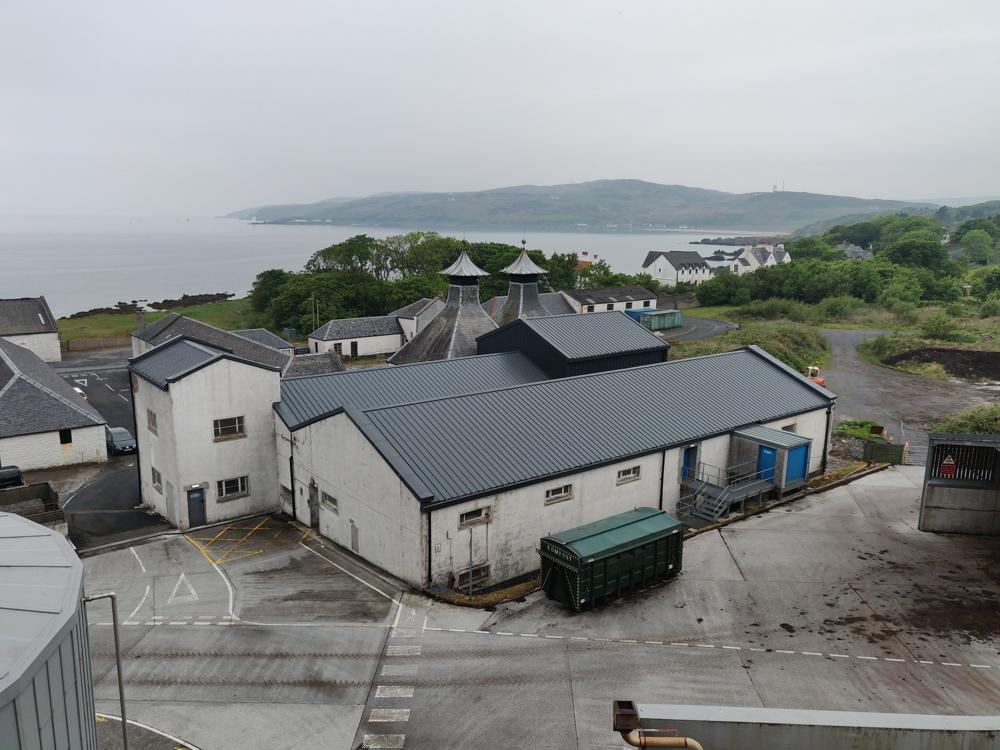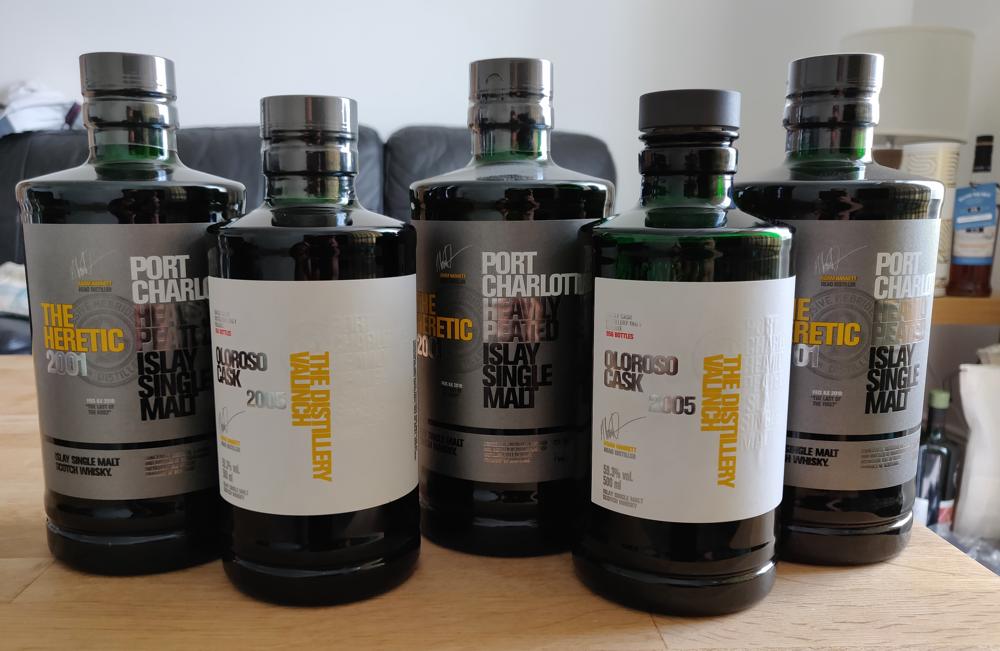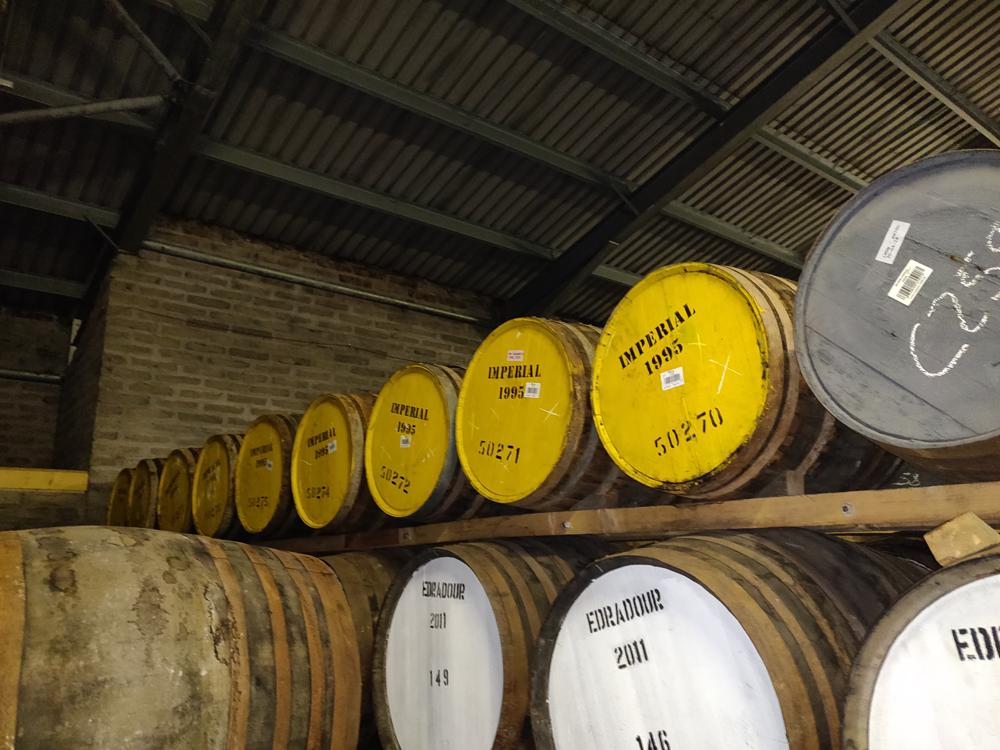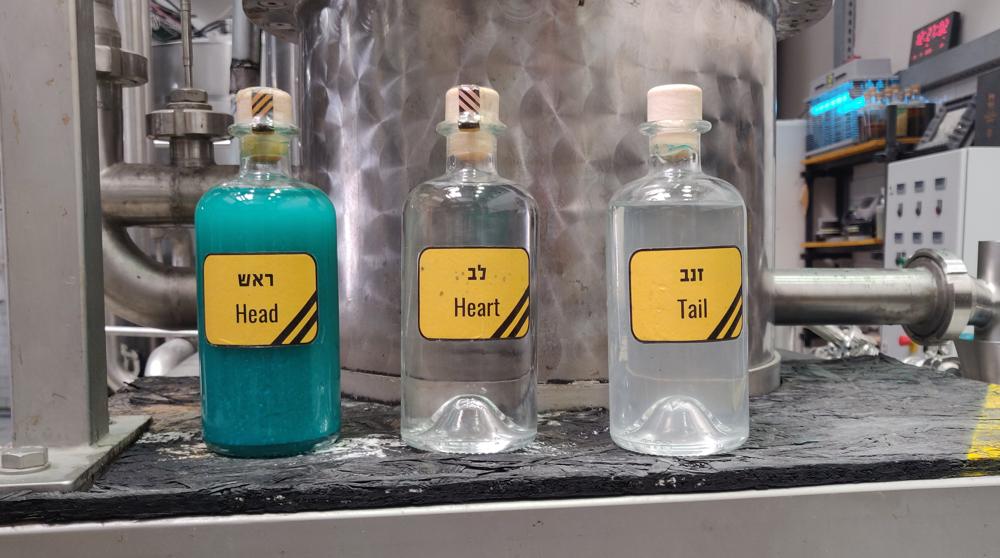Whisky Fundamentals

What are Lost Distilleries?
Published 14/07/2020
Lost distilleries are those distilleries closed due to either economic factors, under political pressure or, on rarer occasion due to indurmountable technical problems such as water shortages. Over the past century, over half of all malt whiskey distilleries in Scotland have been either closed or completely demolished. The removal of a railway, change in shipping routes, and other consequences of globalization are responsible for the end of many distilleries. This often happens when distilleries are bought up by large spirits companies.
What are Lost Distilleries?
Distilleries, Lost Distilleries and Brands
Published 22/05/2020
The line between a brand and a distillery, and the linkages between distilleries of the same name can be somewhat complex. This is thanks to the turbulent history of whisky, Irish and Scotch Whisky in particular, closures, bankrupt businesses, discontinued brands, recreation of brands, regeneration of distilleries and other forms of necromancy and marketing. Deciding where to draw this line is actually more complex than we might think. Lost Distilleries and Distillery Resurrection Sometimes a closed distillery such as Brora or Port Ellen is recreated on the site of the former distillery.
Distilleries, Lost Distilleries and Brands
The Science of Whisky Maturation
Published 22/05/2020
There are over 100 whisky distilleries in Scotland and yet the New Make spirit is unique and its chemical composition differs from distillery to distillery. This colorless distillate already contains some of the compounds contained in the final aroma of the matured whisky, such as long-chain alcohols, phenols, esters, lactones, aldehydes, fusel oils, compounds containing sulfur and nitrogen. But the really interesting things happen in the wooden barrel, in which the whisky gets its unique and round taste.
The Science of Whisky Maturation
What is a Coffey still?
Published 22/05/2020
What is continuous distillation? Continuous distillation refers to the process by which a mixture of liquid, typically alcohol and water, is fractionally separated or split via the application of heat. Unlike conventional batch distillation which requires the manual removal of unwanted liquids before further distillation can occur, continuous distillation allows for a looping system meaning that distillation can continue with little to no interruption. This approach has a number of benefits over batch distillation.
What is a Coffey still?Whisky by Aeneas MacDonald
Published 22/05/2020
Aeneas MacDonald was the pseudonym of George Malcolm Thomson (1899 - 1996), then an Edinburgh-based writer and journalist. He adopted the non de plume in deference to his mother, who was a strict teetotaller! (The original Aeneas MacDonald was one of Bonnie Prince Charlie’s earliest supporters, the so-called ‘Men of Moidart’, who acted as banker to the Jacobite troops during the 1745 Jacobite Rising. Thomson himself was an ardent Scottish nationalist though ironically he subsequently spent most of his life in London.

